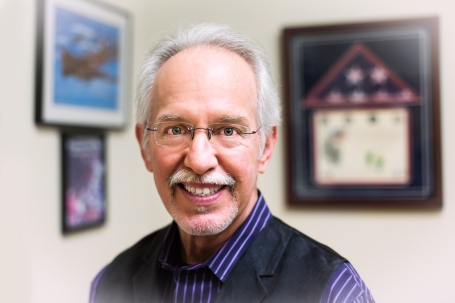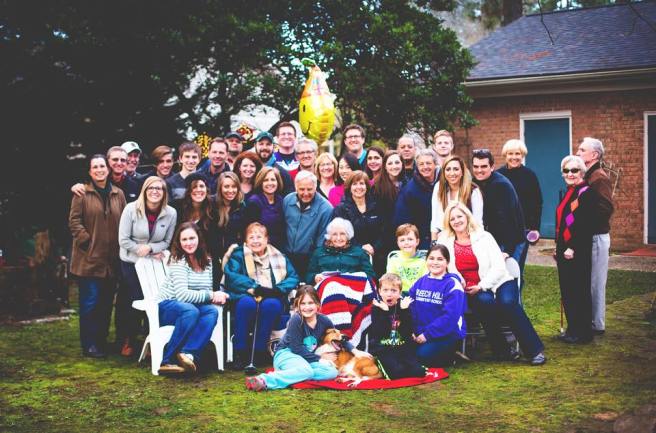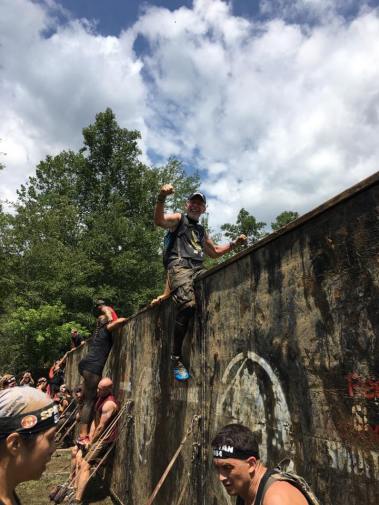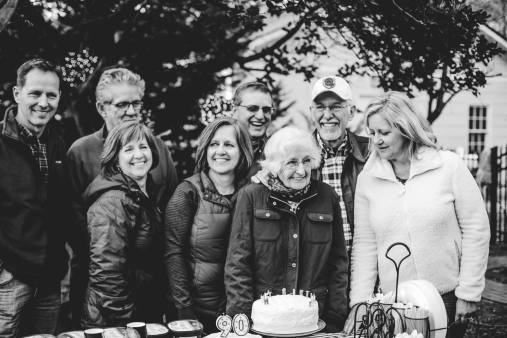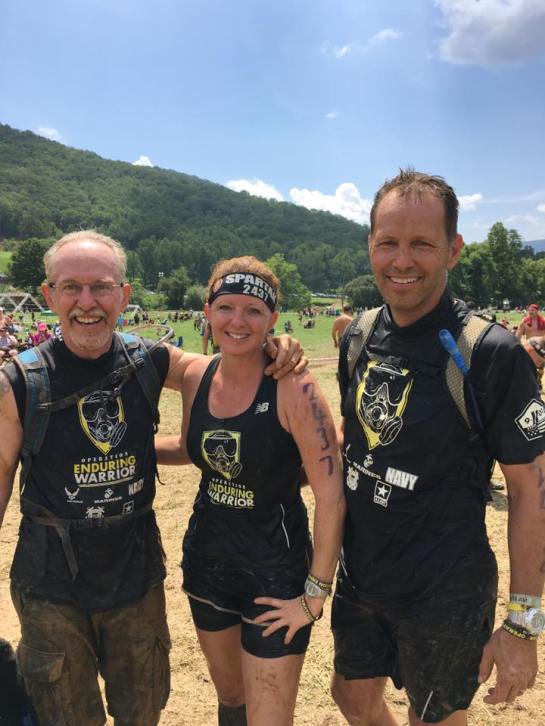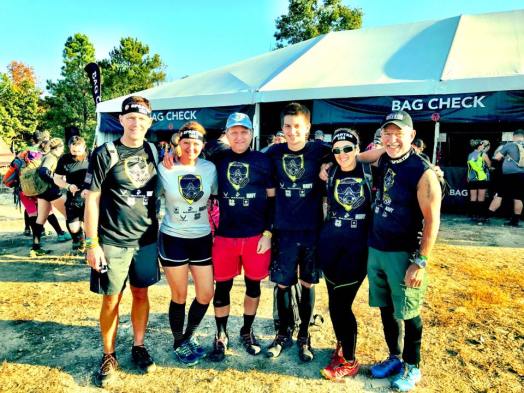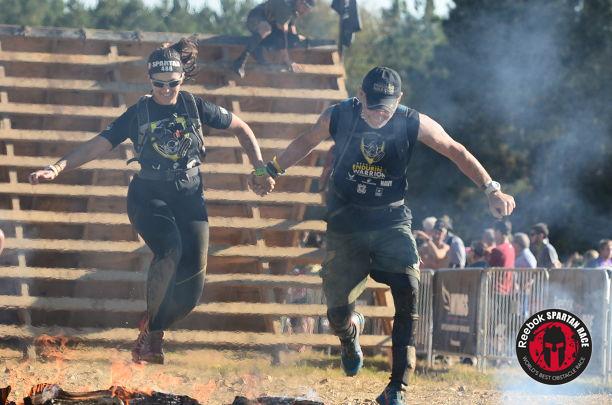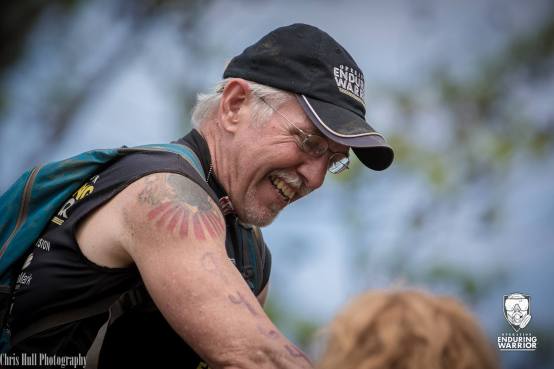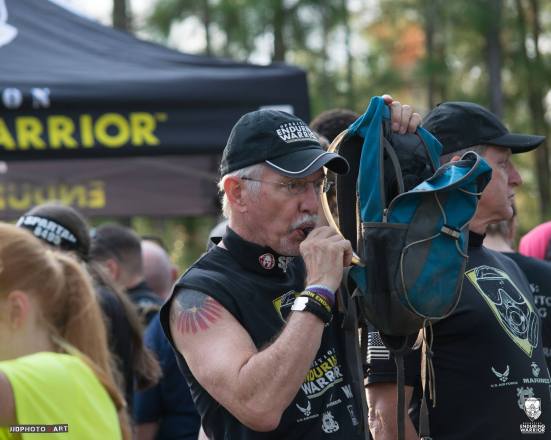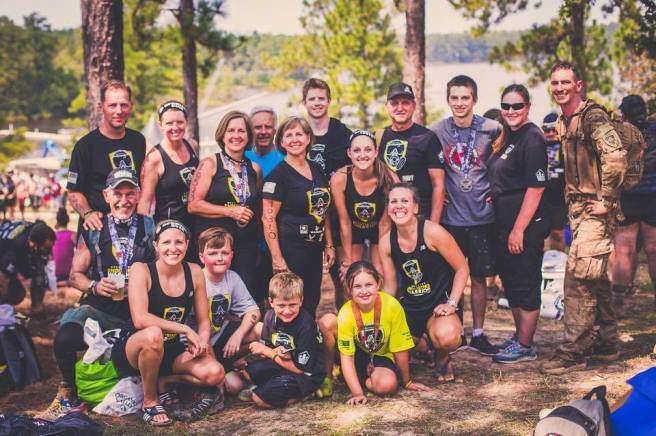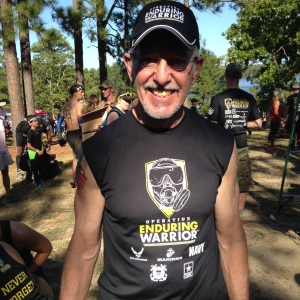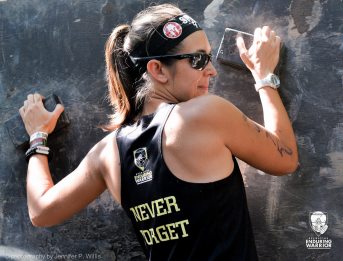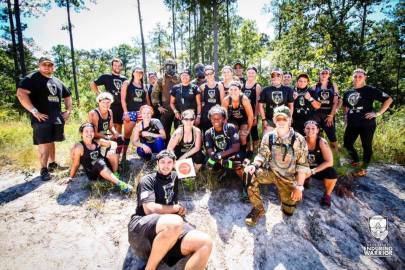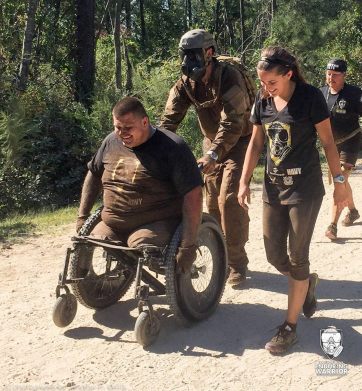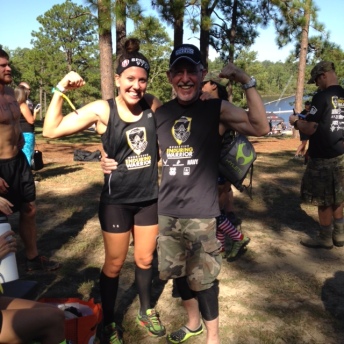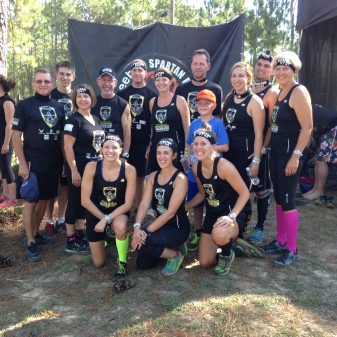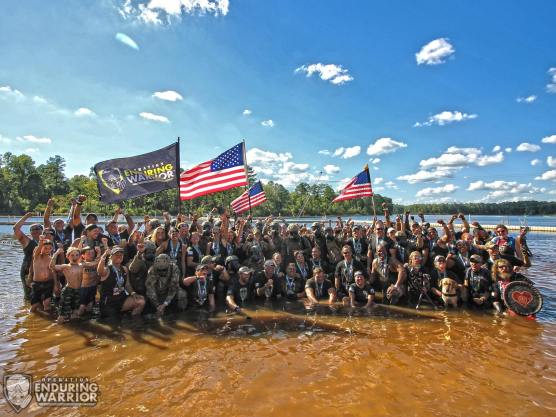
We always say it’s better to prevent the symptom than to mask it. But why? Most people would maybe feel just fine with simply not feeling the pain. But why should you negotiate the symptom instead of masking it with painkillers?
A symptom is a departure from normal function or feeling which is noticed by a person indicating the presence of an unusual condition or disease.
During my consultation, I always ask about the onset of the symptom. I use a scale of 0-10 to establish the intensity of the symptom. 0 = absent and 10 = agonizing. Using the scale we establish the minimum and maximum levels of pain/discomfort. When did it begin? If the symptoms have been experienced for months to years they could be termed chronic. If it is a recent onset, it is either a new cause or an exacerbation of an existing condition. If the pain/discomfort is approximately the same from day-to-day, many people learn to deal with this level of discomfort. They get used to feeling bad/uncomfortable. As long as the discomfort stays within a narrow range, manageable by medication, etc., they learn to live with it. If the pain becomes acute, then they will seek help.
Furthermore, all symptoms have causes. Injuries, traumas, and infections cause symptoms. Symptoms will demonstrate as pain, changes in consciousness, nausea, and fever. These conditions are termed acute.

So then the question then becomes, Is it preferable to reduce the level of pain/symptom or even eliminate it? Pain can be a signal that something in your body is injured or malfunctioning. Taking something (a drug) to reduce the pain will result in making the injury worse or being able to ignore a disease cycle affecting an organ system. If reducing pain allows you to increase your activity level, this could result in increasing the damage to your body. The only time reducing pain would be an advantage would be to rest/sleep. Sleep is necessary for healing too. Loss of sleep or sleep interrupted by pain will inhibit healing and recovery.
As you can see, this absence of symptoms can be misleading. Typically most people view the absence of symptoms as an indicator of good health. But the truth is the absence of symptoms is a very poor indicator of good health. Consider a diagnosis of cancer, high blood pressure, or diabetes. In each of these health challenges, symptoms appear after the condition has become established in the body. No one has a symptom in the early stages of these conditions. Symptoms become evident after the condition has progressed. The absence of symptoms in each of these conditions misleads a person to think they are healthy. Vertebral subluxations rarely cause symptoms in the early stages. Chiropractic wellness checks along with medical wellness checks identify potential problem areas and allow correction before they become acute/symptomatic.
For more information on preventing symptoms and disease by focusing on WELLNESS, contact our office: (910) 436-3336 or drop by and see us. Also, we have more information on our website and Facebook page.
Please comment and share–we love your feedback and we’re happy to answer your questions!
Chiropractic Wellness Clinic is located at 1570 NC Highway 24/87, Cameron, NC 28326

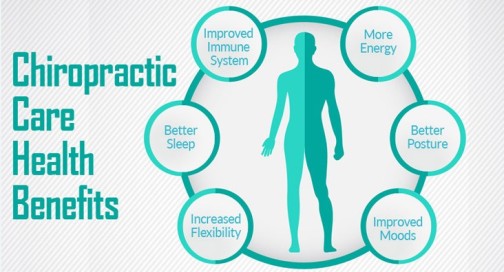
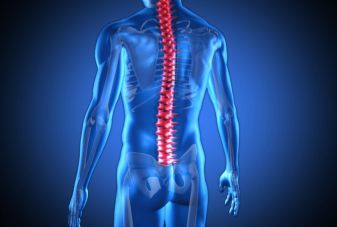 Interference with this two-way communication system results in dysfunction. The brain and spinal cord (the central nervous system) control every function of the body in both healing and regulation. Interference caused by subluxations in the central nervous system will affect healing and regulation. Chiropractic care optimizes healing and regulation by reducing the interference caused by subluxations. And regular chiropractic care minimizes reliance upon symptoms to seek care. This is the wellness concept. Choices are made that contribute to health. People choose to exercise, follow a nutritional protocol, receive regular chiropractic adjustments, and avoid toxins such as alcohol or tobacco, because these choices improve health.
Interference with this two-way communication system results in dysfunction. The brain and spinal cord (the central nervous system) control every function of the body in both healing and regulation. Interference caused by subluxations in the central nervous system will affect healing and regulation. Chiropractic care optimizes healing and regulation by reducing the interference caused by subluxations. And regular chiropractic care minimizes reliance upon symptoms to seek care. This is the wellness concept. Choices are made that contribute to health. People choose to exercise, follow a nutritional protocol, receive regular chiropractic adjustments, and avoid toxins such as alcohol or tobacco, because these choices improve health.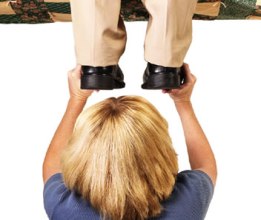 During the first adjustment, I have seen a difference of as much as 2 inches. During the initial care plan, I look for that difference in length to decrease. Over time that difference will reduce to 1/2 inch or less. This shows a decrease in the tension of the body and an improvement in balance and functions of the body. The tension occurs in the central nervous system and the musculoskeletal system. This tension is the result of misalignments in the spinal column and pelvis. When the patient’s body begins to hold an adjustment I can decrease the frequency of the visits. I will reduce to 1 adjustment/week and monitor their response.
During the first adjustment, I have seen a difference of as much as 2 inches. During the initial care plan, I look for that difference in length to decrease. Over time that difference will reduce to 1/2 inch or less. This shows a decrease in the tension of the body and an improvement in balance and functions of the body. The tension occurs in the central nervous system and the musculoskeletal system. This tension is the result of misalignments in the spinal column and pelvis. When the patient’s body begins to hold an adjustment I can decrease the frequency of the visits. I will reduce to 1 adjustment/week and monitor their response.